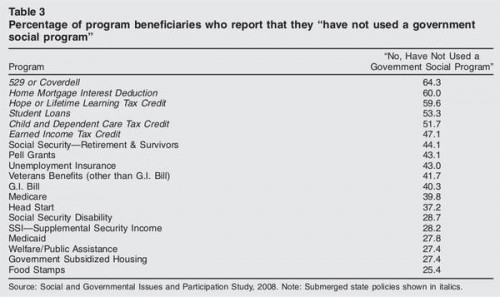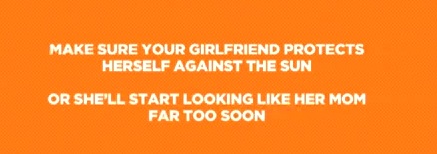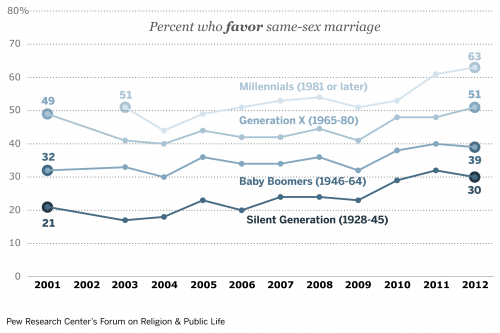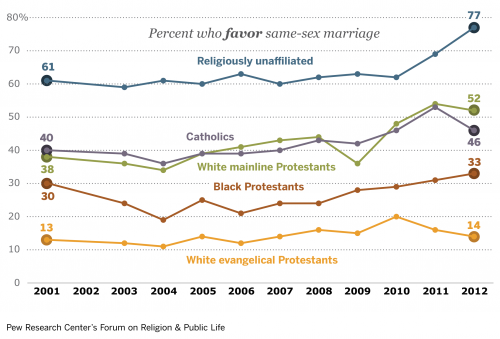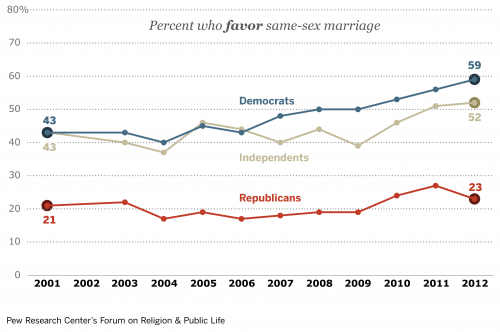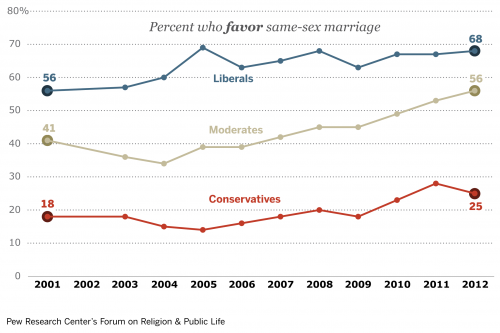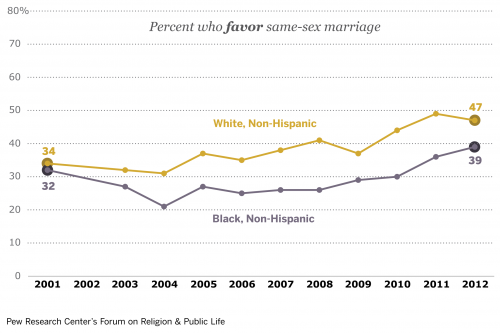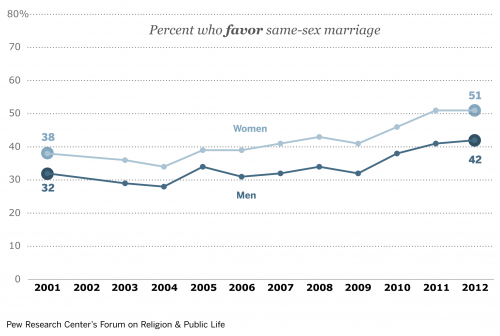Cross-posted at Jezebel.
Sara sent in an example of a phenomenon that I always find somewhat funny: the socially constructed life trajectory.
Never fear! If you don’t know what to do next in life, the answer is out there. When I filled my taxes out with Turbo Tax, it happily pointed a strong finger towards marriage, buying a house, and having children. In that order of course. A slide show about birth control options laid out my best choice depending on what it told me I was to be doing in each decade of my life.
Sara’s example is on the Weight Watchers website. Under the phrase “Life Stages,” it nicely lays out a trajectory. First you go to college, then you get married, then you have a child, and then you are old. (At every stage of life, though, you’re too fat!)
Get in line, ladies! College, husband, babies, old person! Oh, and make sure you’re losing weight every step of the way.
Lisa Wade, PhD is an Associate Professor at Tulane University. She is the author of American Hookup, a book about college sexual culture; a textbook about gender; and a forthcoming introductory text: Terrible Magnificent Sociology. You can follow her on Twitter and Instagram.


